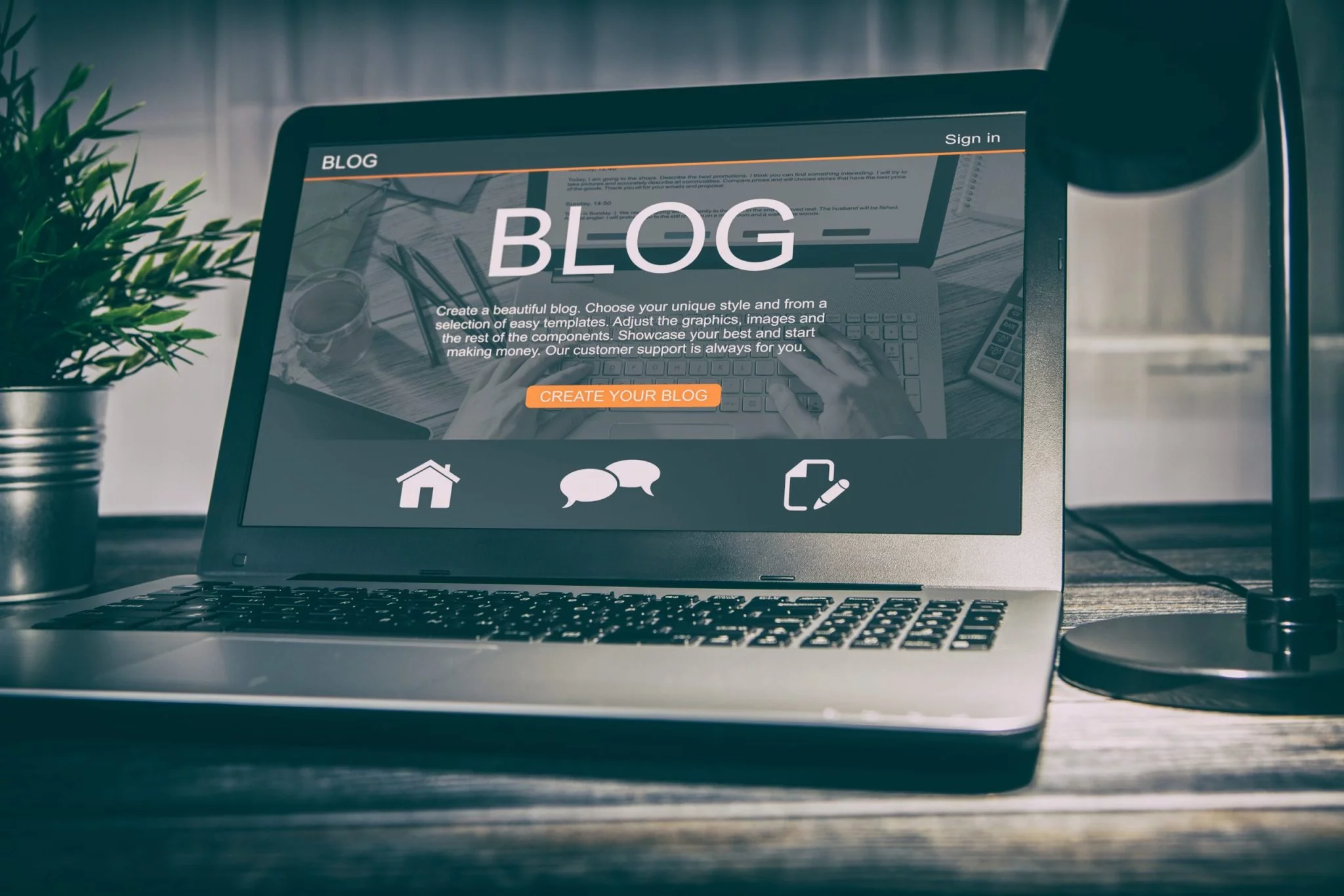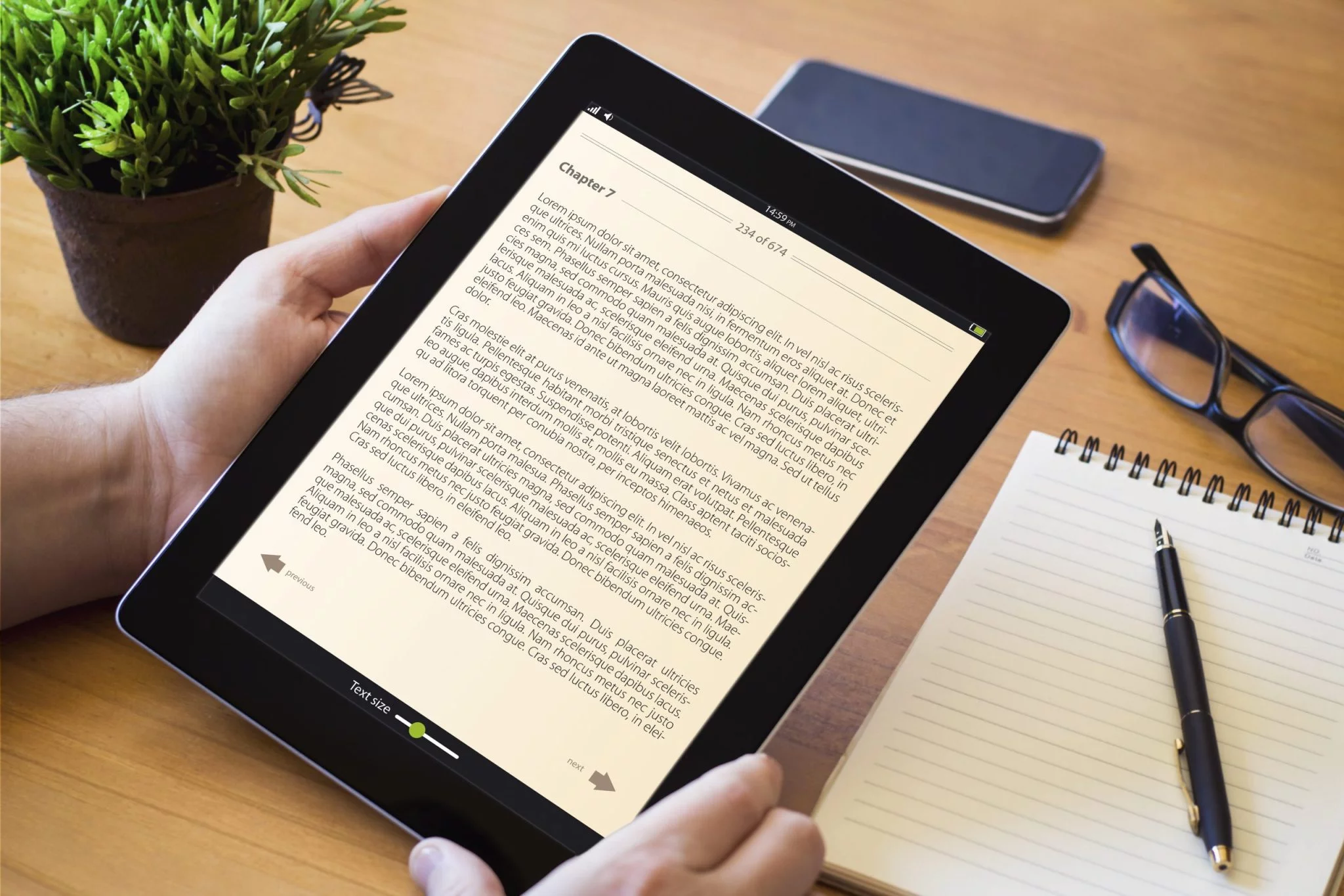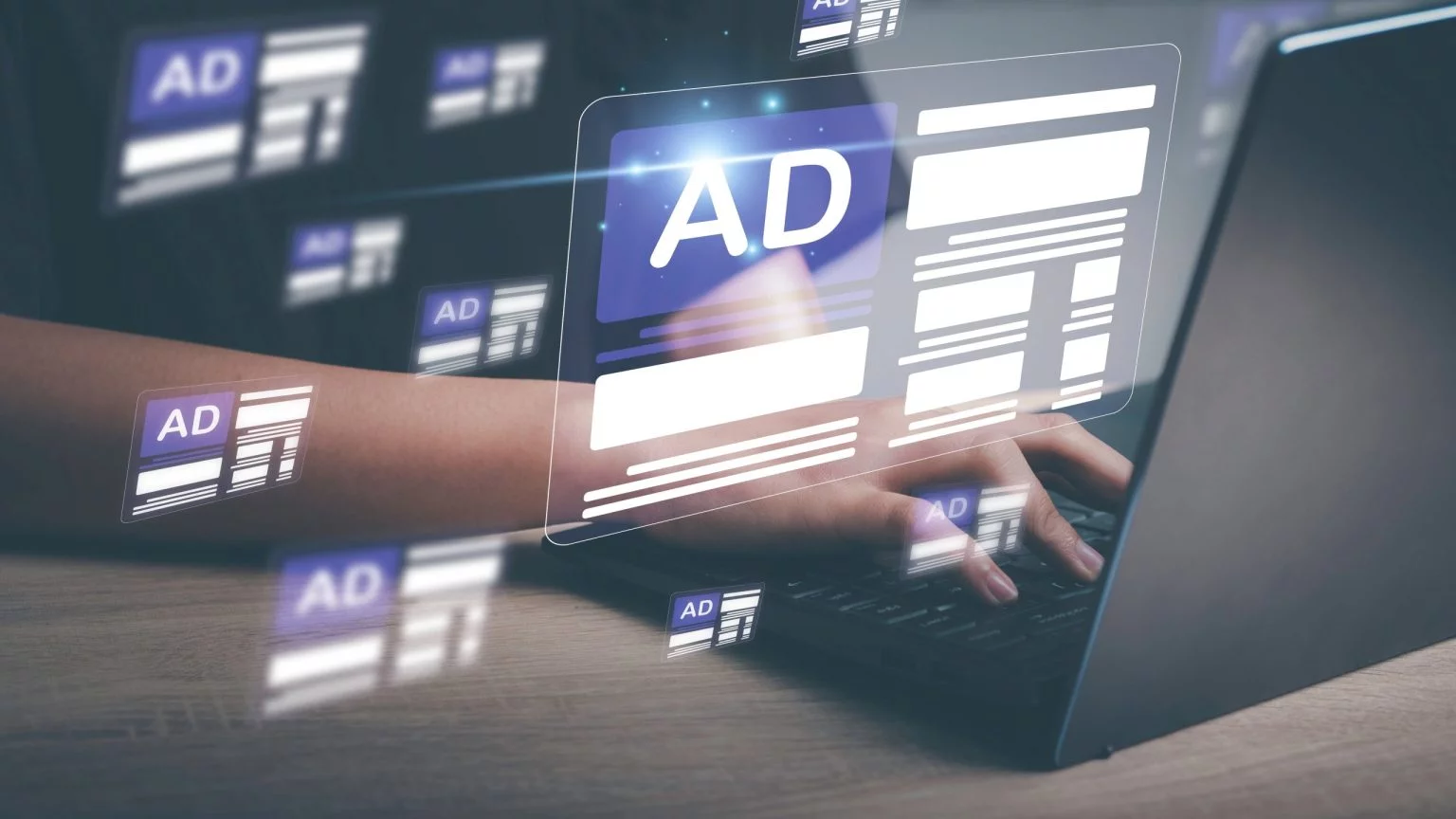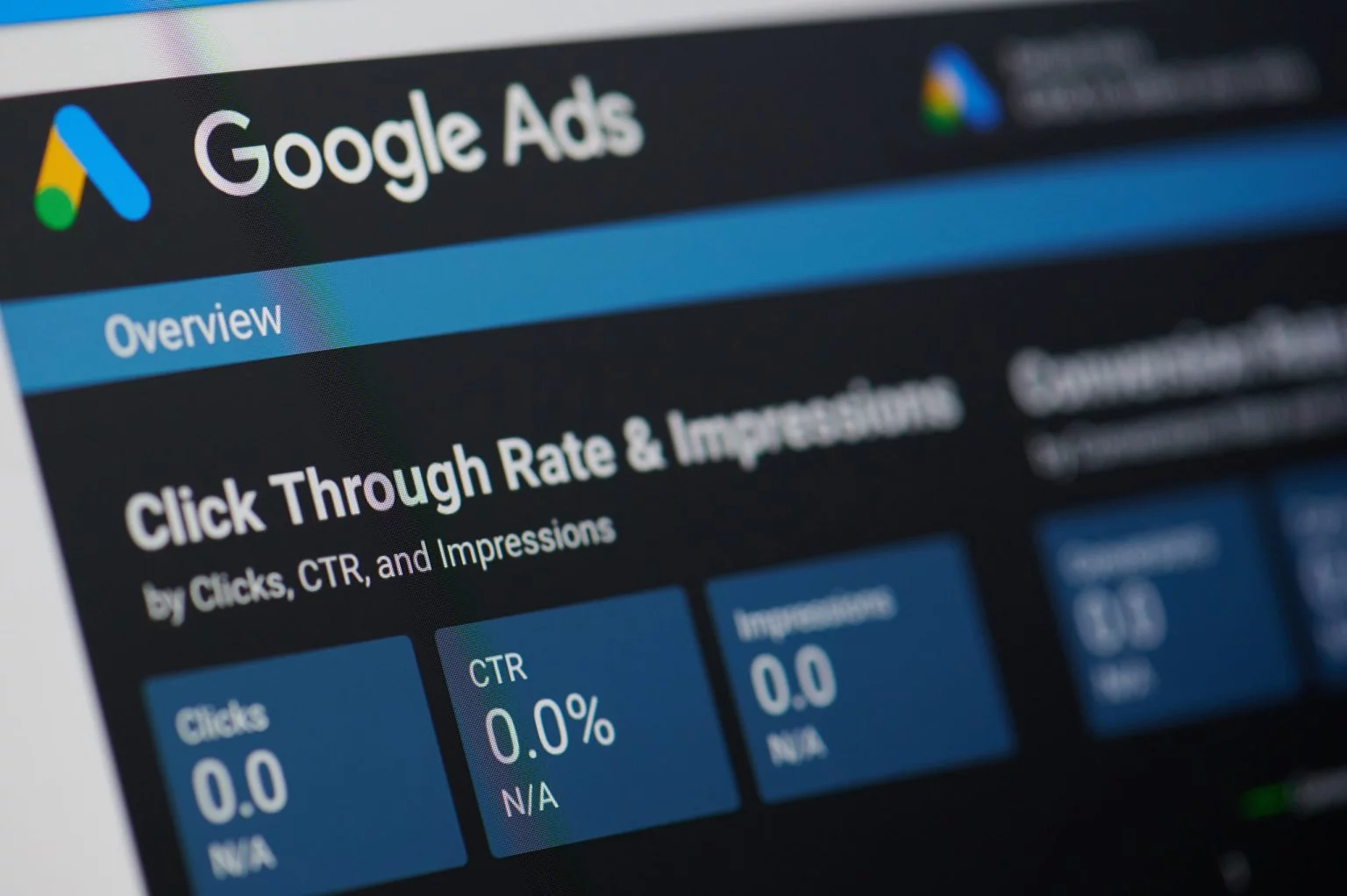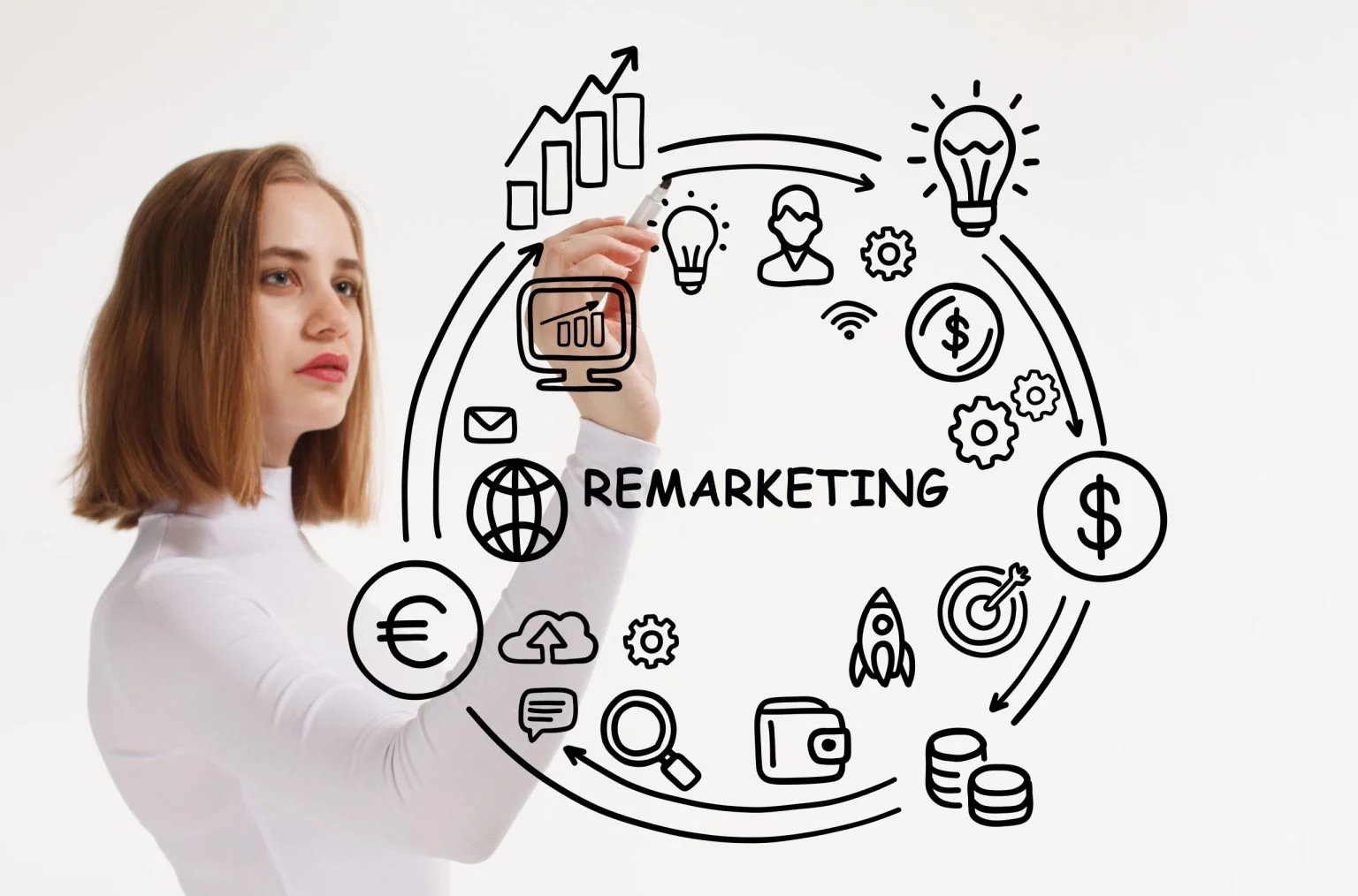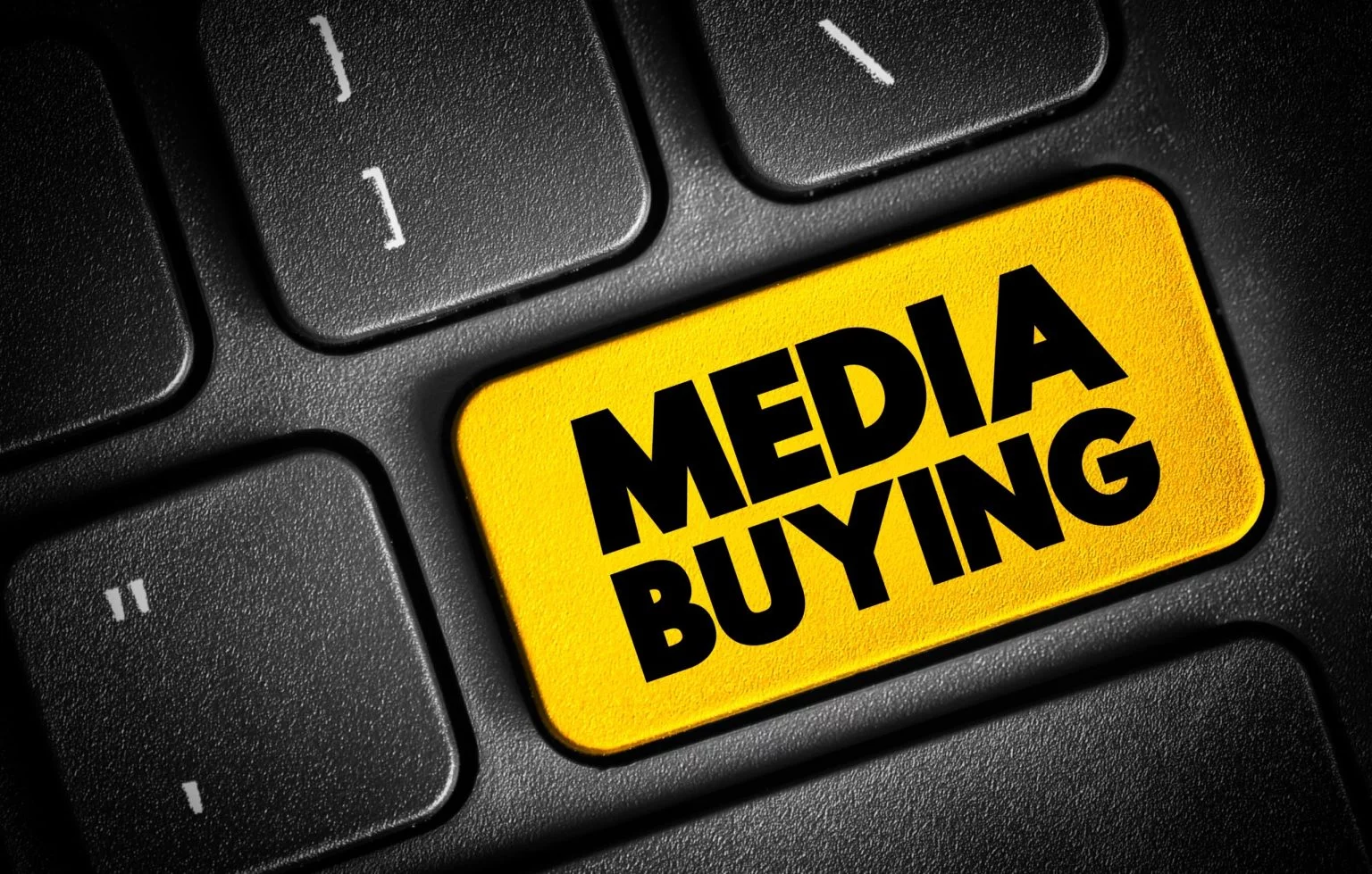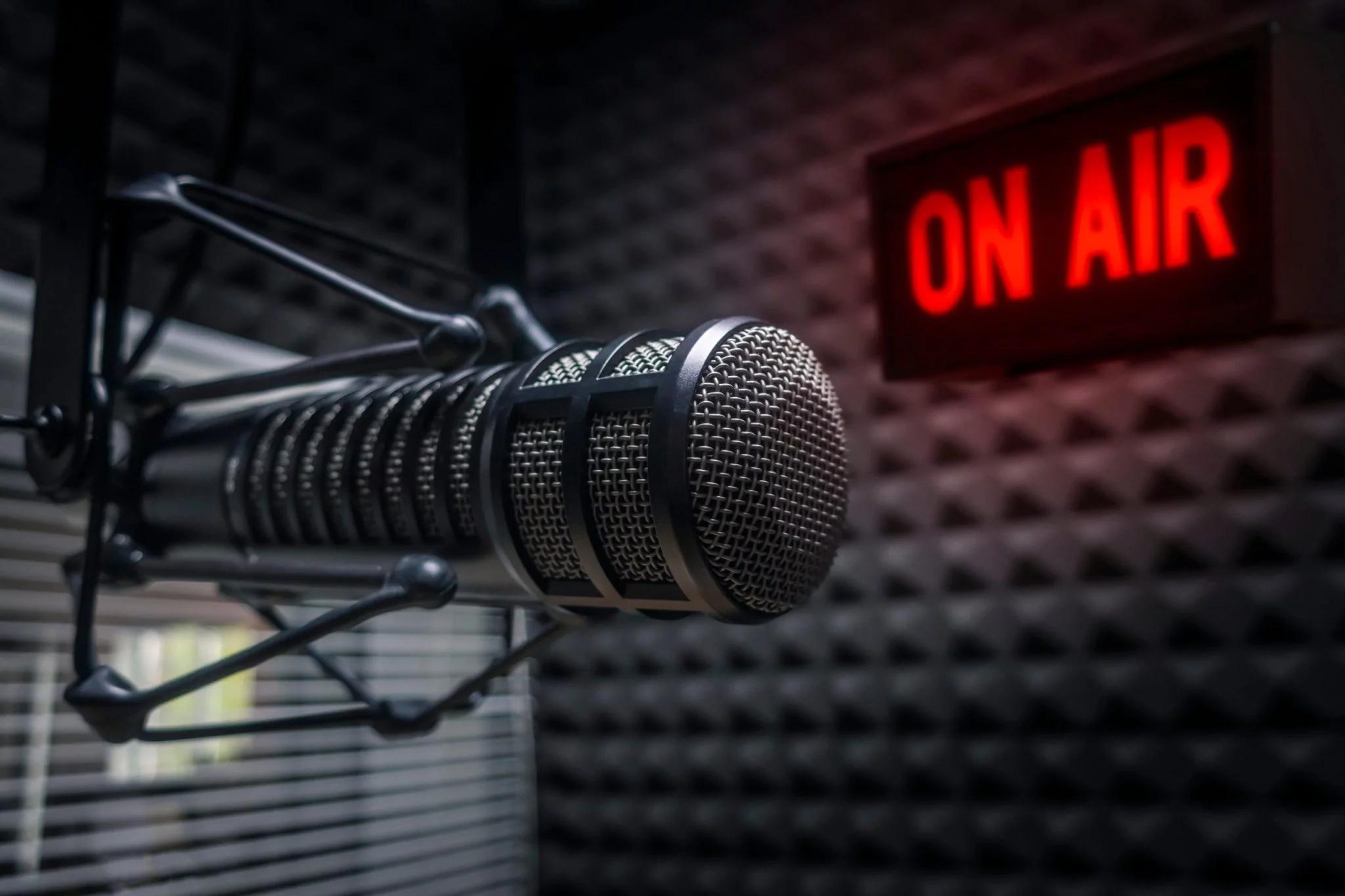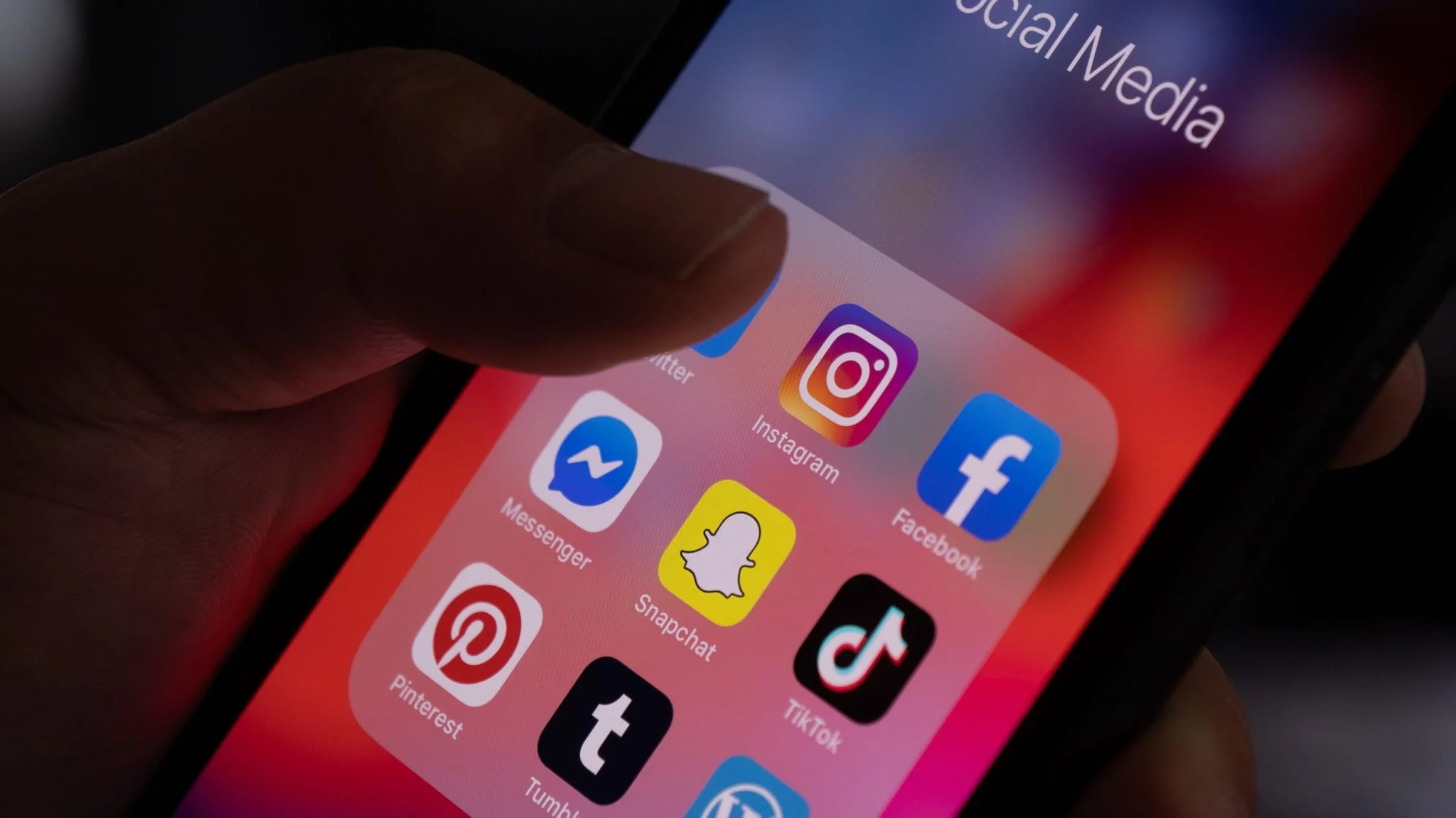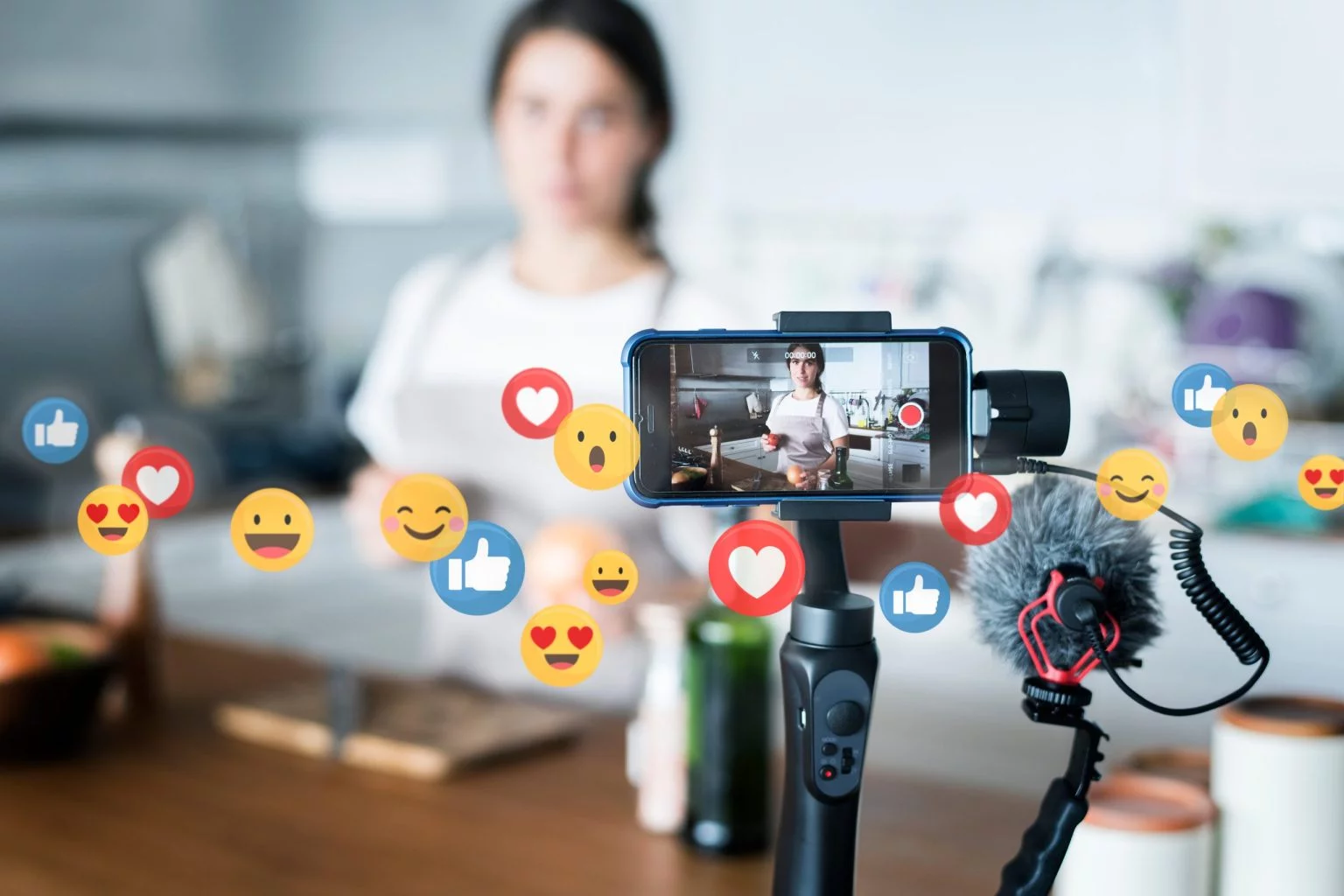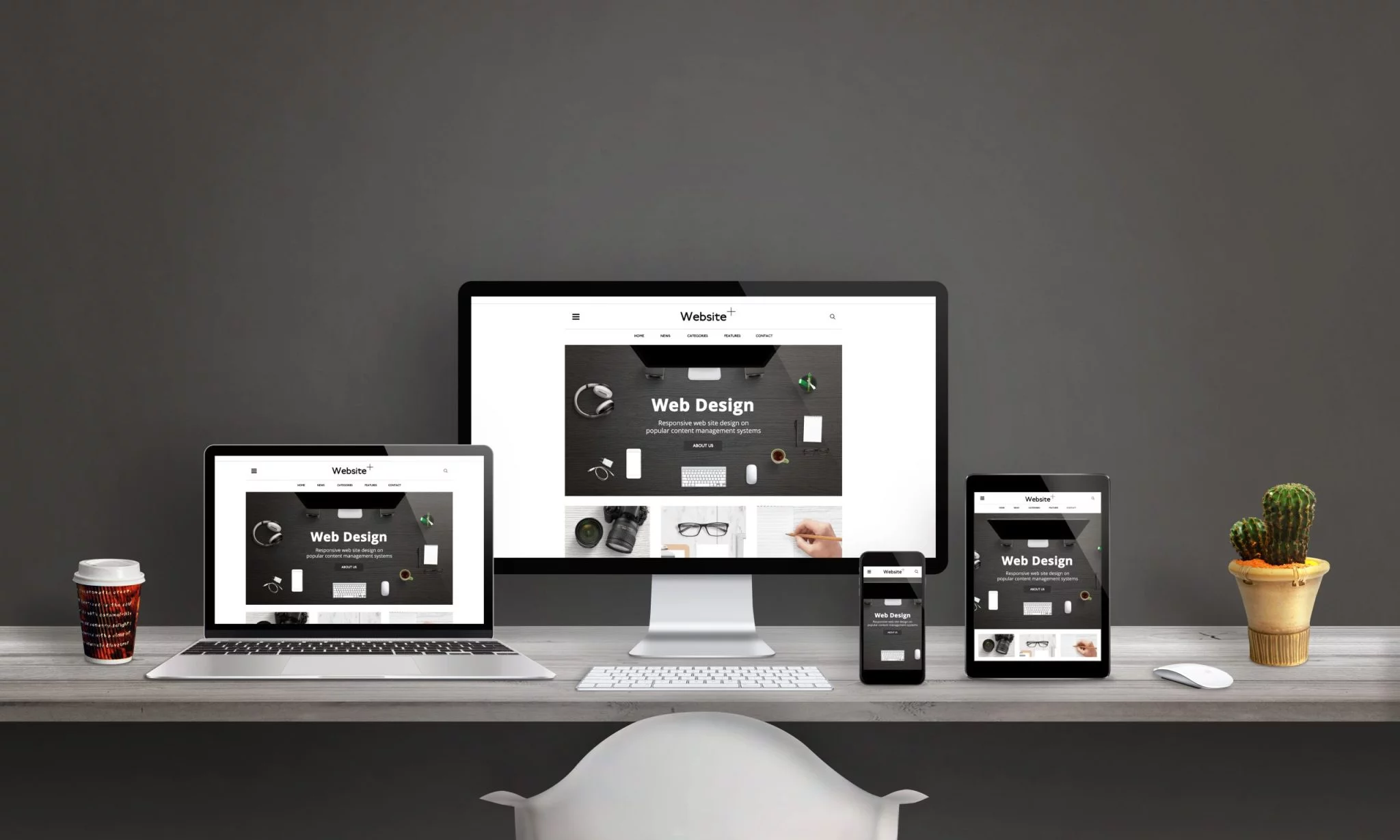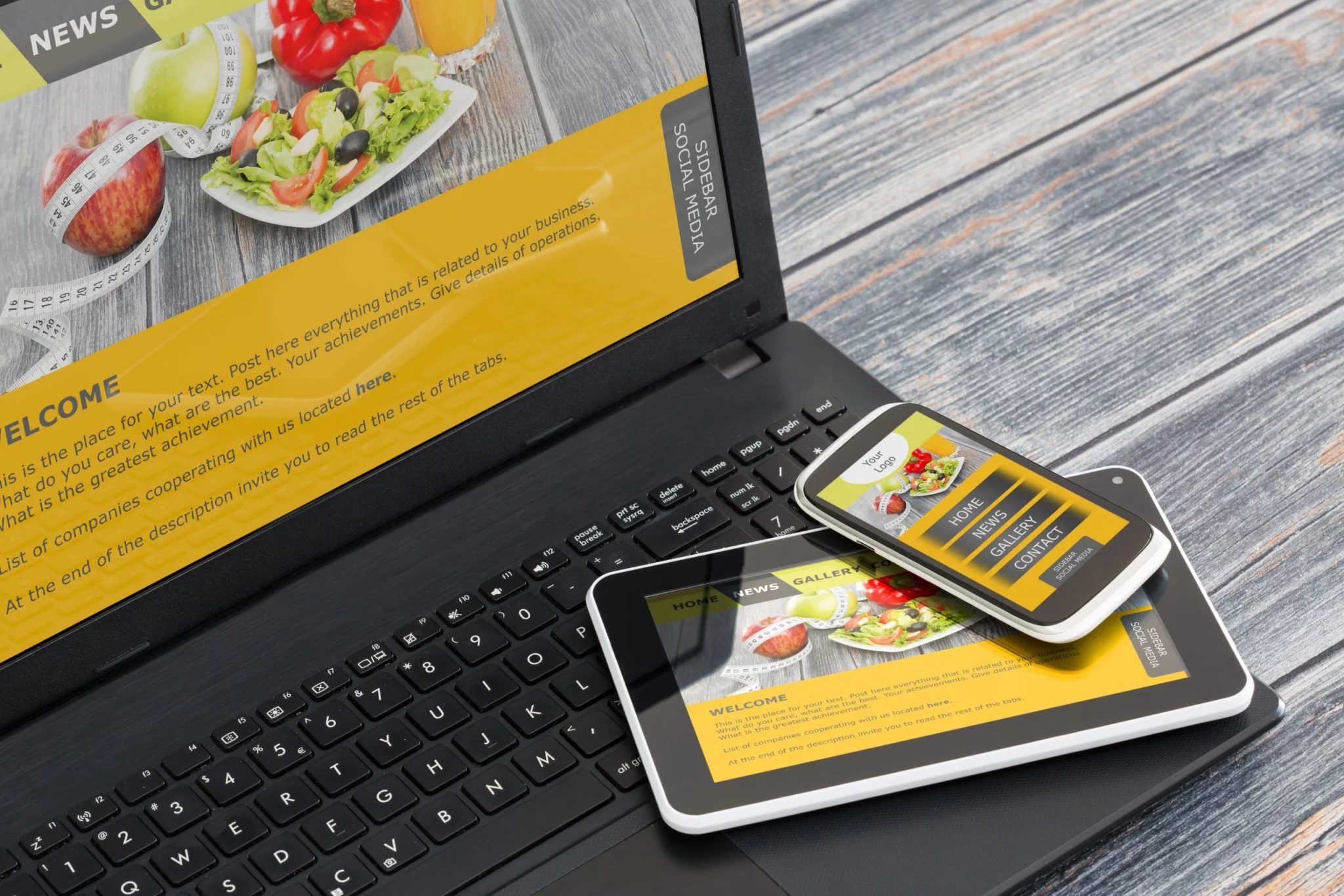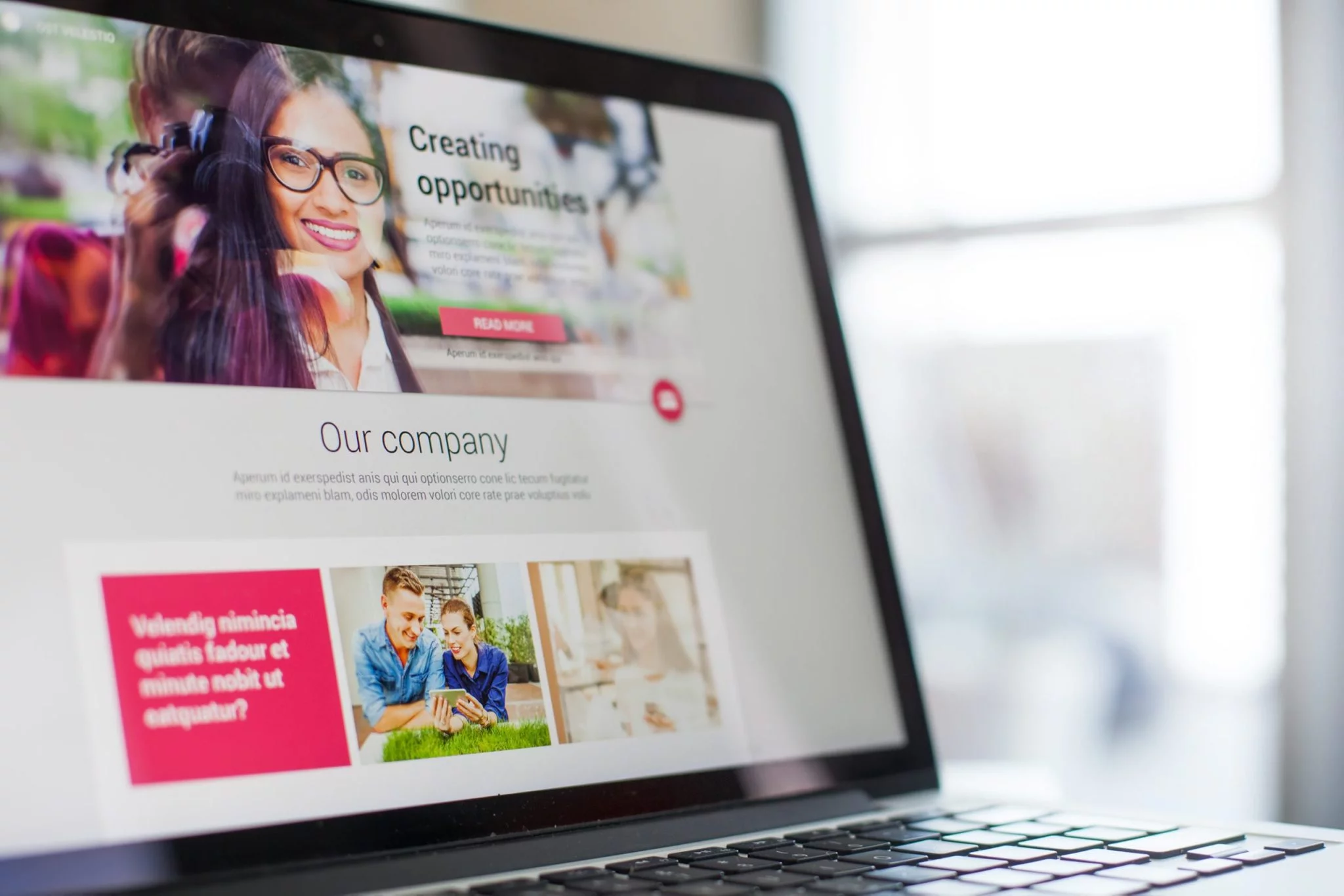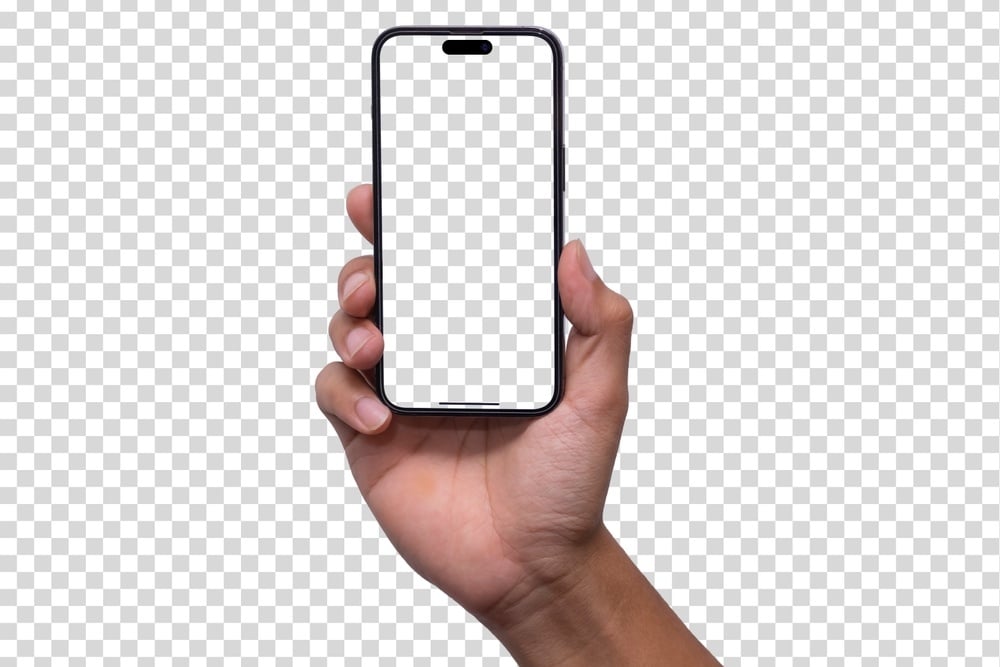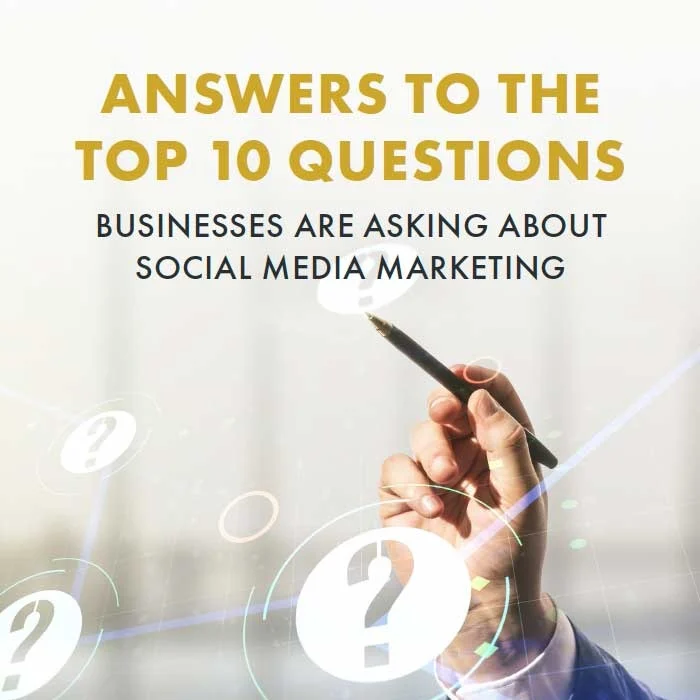
We live in an age where digital technologies shape our consumer experiences and drive marketing strategies. However, many businesses who want to expand their reach question whether traditional advertising methods are effective today. One such method is radio advertising - a form of marketing that has been around for nearly a century. Radio advertising continues to take center stage, proving its enduring value despite the rise of digital platforms.
Radio reaches millions of listeners daily and is a highly effective medium for advertising. It offers unique advantages such as local targeting and a personal touch through live broadcasts. Radio also offers flexible campaigns leveraging local social influencers. It blends well with other media providing a boost to digital engagement. For branding campaigns, radio allows a business to tell a story and build mindshare. Additionally, radio is excellent for action campaigns that generate sales results, and it reaches a large yet highly targeted audience. Radio is flexible, community-oriented, and extremely valuable. We find that it offers depth and stability to a quality marketing campaign.
Radio Works
We occasionally talk with folks who think that radio is no longer popular. The facts, however, show the opposite. Radio remains a vital source of information and entertainment for millions of people around the world:
- Over 217 million people in the U.S. listen to the radio each week.
- Radio reaches 91% of the adults in the U.S. every month.
- The global radio market is projected to grow by 6.1% in the coming years.
- Radio has a high return on investment (ROI) - for every $1 spent, businesses earn an average of $6 in sales.
These numbers prove that radio is still a powerful medium for advertising. In today's fast-paced digital world, radio provides a break from screen time and allows businesses to reach consumers who may not be on social media or other digital platforms.
Advantages of Radio Advertising
The power of radio advertising is rooted in several key advantages:
- The geographic specificity of radio allows businesses to effectively target local markets, which is advantageous for small and mid-sized companies looking to establish a consumer base in a specific area. Advertisers can create messages that align with local culture, events, and needs, resulting in more relevant and impactful campaigns.
- Compared to television and digital advertising, radio is a more budget-friendly option. This makes it accessible to businesses with limited budgets, allowing them to run effective campaigns without heavy financial strain. Small businesses, in particular, benefit from the lower cost per impression, enabling them to achieve significant reach without exceeding their budget.
- Radio advertising has the benefit of high engagement, especially during peak times like morning and evening commutes when listeners are most attentive. This makes it an excellent medium for increasing brand awareness. The intimate nature of radio, where hosts often feel like friends to the listeners, can help create a stronger connection between the audience and the brand.
- Radio advertising doesn't work alone. It can be effectively combined with digital strategies to guide listeners to digital platforms, creating a unified marketing approach. For example, a radio ad can promote a social media contest, driving traffic to a brand's online presence and encouraging a multi-channel engagement strategy. This integration makes radio a flexible component of comprehensive marketing campaigns.
By leveraging these advantages, businesses can effectively use radio advertising to bolster their marketing strategies, engage with their target audience, and achieve their advertising goals.
Radio Advertising: The Future
Radio advertising has not been immune to innovation. It continuously adapts to technological advancements and evolving consumer habits to remain relevant in the media landscape. Radio advertising is becoming more dynamic and proficient with features such as programmatic buying and enhanced targeting. Programmatic buying enables advertisers to automate the purchase of ad spots, optimizing their campaigns in real time for improved efficiency and effectiveness.
Furthermore, the integration of radio advertising with digital platforms, online radio, and streaming services is expanding the scope and impact of radio ads. This allows brands to reach listeners not only through traditional radio but also on popular digital audio platforms such as Spotify and Pandora, ensuring that their message reaches a wider audience through various touchpoints.
In addition to these advancements, radio advertising is also finding synergy with print media such as magazines. Integrating radio ads with magazine content provides a multi-sensory experience for the audience. Advertisers can create coordinated campaigns that feature in both radio spots and print ads, therefore reaching potential customers in various contexts and enhancing the impact of their marketing efforts.
Overall, the evolution of radio advertising into a multi-channel strategy ensures that brands can craft comprehensive campaigns that leverage the strengths of various media, making their outreach more effective and far-reaching.
Final Thoughts
Radio has proven itself to be solid and yet flexible. It has adapted nicely to technological advancements and remains relevant in today's digital world because of its strategic innovation. Brands that recognize the effectiveness of engaging listeners through sound can create campaigns that leverage radio's unique abilities to convey emotion and tell stories. Radio is a relationship medium. Listeners are highly loyal to their favorite stations and local air talent become friends, keeping them informed about what's going on in the community and making recommendations on where to shop and with whom to do business.
The blending of traditional radio with digital technologies teaches marketers an important lesson: lasting success comes from integration. By combining both old and new media, brands can create a seamless mix that reaches consumers wherever they are. This could mean tuning into a favorite morning show during a commute or streaming a podcast at home. Adapting to technological advancements and evolving consumer habits ensures that traditional radio remains relevant in today's media landscape.
In conclusion, radio advertising is a potent tool in the marketing arsenal, capable of evolving with the times while maintaining its core strengths. As businesses navigate the ever-shifting landscape of consumer attention, incorporating radio into a multifaceted approach can provide the breadth and depth necessary to capture and hold audience interest.

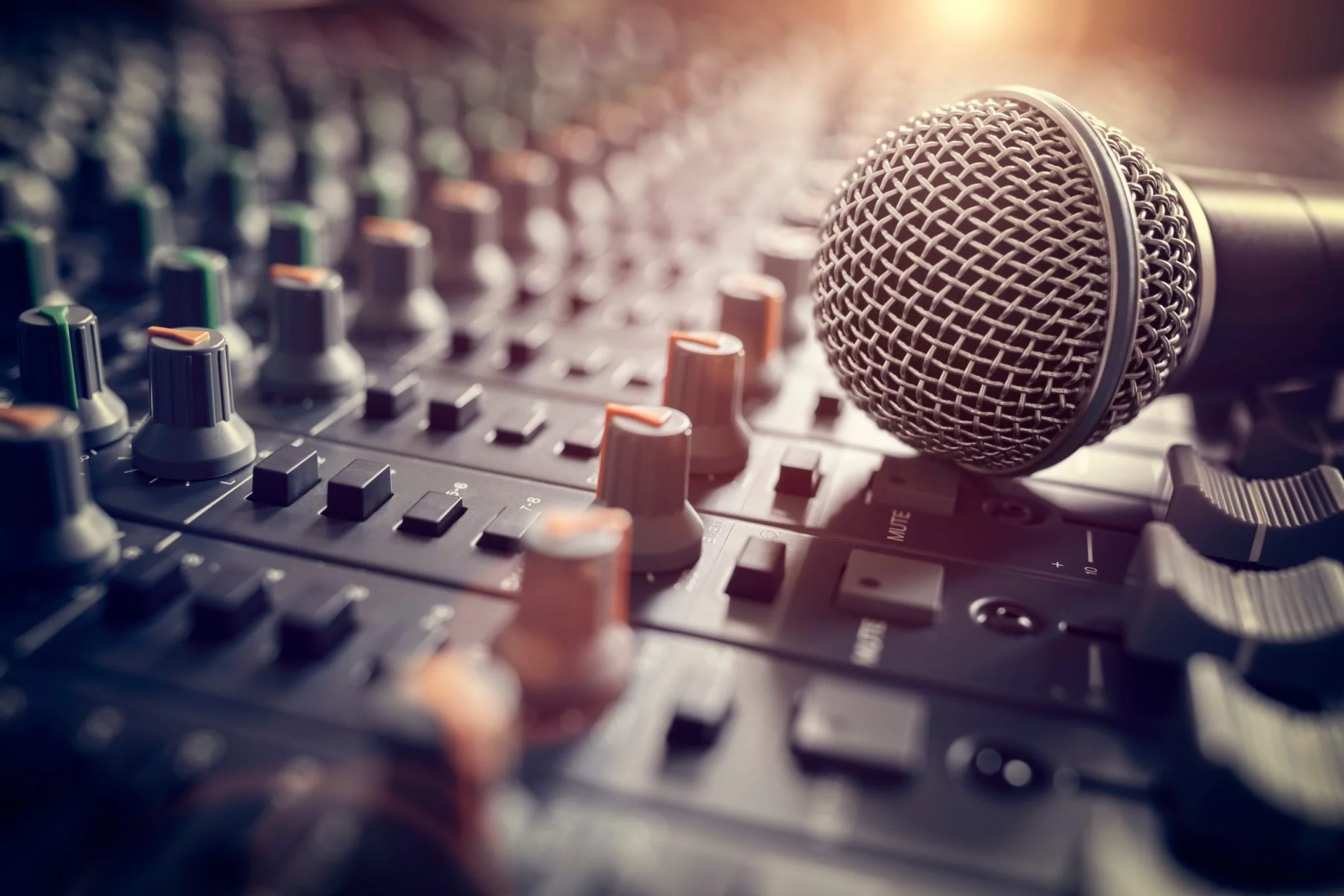
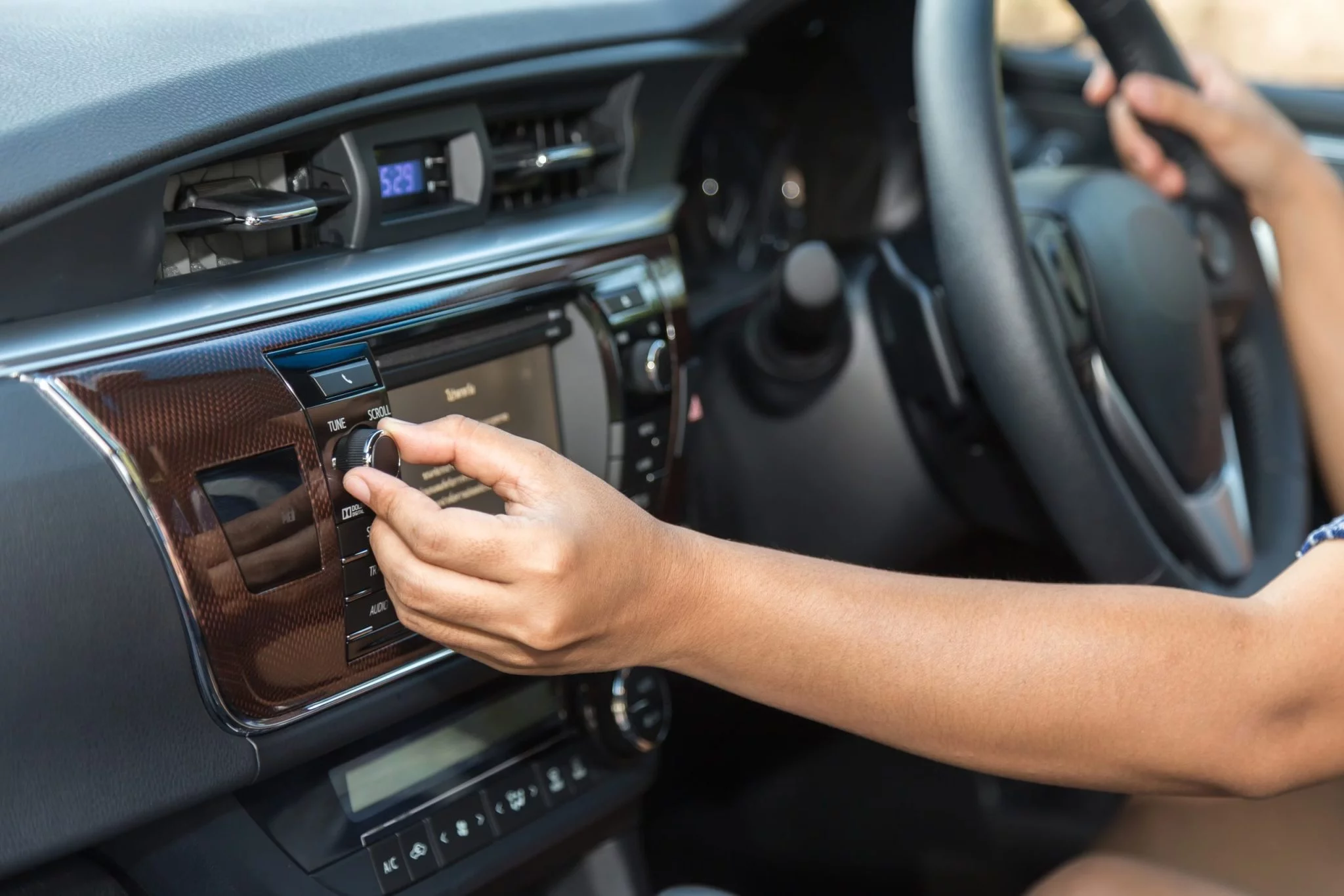
.webp)

